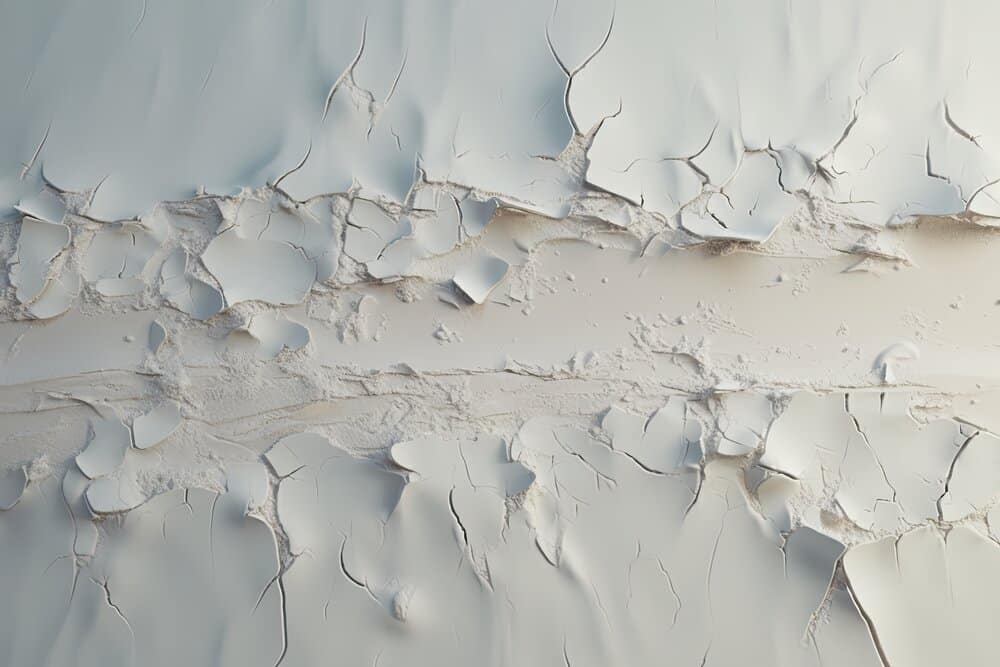Water damage can wreak havoc on the structural integrity and appearance of your home. One of the most common casualties of water damage is drywall. Knowing how to identify water damaged drywall early can save you from costly repairs and potential health hazards. In this blog, we’ll explore the telltale signs of water-damaged drywall and what you can do about it.
1. Discoloration
One of the most apparent signs of water damage in drywall is discoloration. Water-stained drywall often exhibits patches of yellow, brown, or dark spots. These stains are typically irregular in shape and can vary in size. Discoloration is usually a clear indicator that water has seeped through the drywall, causing it to absorb moisture.
2. Swelling and Warping
When drywall absorbs water, it can swell and warp. This results in a noticeable change in the drywall’s shape, causing it to bubble or bulge out from the wall. Swelling often leads to the drywall becoming uneven and can create an unsightly appearance on your walls or ceiling.
3. Sagging
Water damage can cause drywall to lose its structural integrity, leading to sagging. This is particularly common in ceilings where water has pooled and the drywall can no longer support its own weight. Sagging drywall is a serious issue as it indicates significant water damage and the potential for the ceiling to collapse if not addressed promptly.
4. Soft or Spongy Texture
Drywall that has absorbed water often feels soft or spongy to the touch. You might notice that the affected area gives slightly when pressed. This softening occurs because the gypsum core inside the drywall has become saturated with water, weakening its structure.
5. Peeling Paint or Wallpaper
Another sign of water damage is peeling paint or wallpaper. As the drywall absorbs moisture, it can cause the adhesive that holds paint or wallpaper to lose its effectiveness, leading to bubbling, peeling, or blistering. If you notice your paint or wallpaper behaving this way, it’s worth investigating further for potential water damage.
6. Mold Growth
Mold thrives in damp environments, and water-damaged drywall provides an ideal breeding ground. If you see black, green, or white mold spots on your drywall, it’s a clear indication of water damage. Mold not only damages your walls but also poses significant health risks, making it crucial to address immediately.
7. Musty Odor
A persistent musty odor is often a sign of hidden water damage. Even if you cannot see visible signs, the smell of mold or mildew indicates that water has infiltrated the drywall, creating an environment where mold can thrive. Trust your nose; if something smells off, it’s worth investigating.
What to Do If You Discover Water Damage
If you identify any of these signs of water damaged drywall, it’s essential to act quickly to prevent further damage and potential health hazards. Here are the steps you should take:
- Identify and Stop the Source of Water: The first step is to locate and fix the source of the water intrusion. This could be a leaky roof, a burst pipe, or a broken appliance.
- Assess the Extent of the Damage: Determine how widespread the damage is. This will help you decide whether you can manage the repairs yourself or if you need professional assistance.
- Dry the Area: Use fans, dehumidifiers, and proper ventilation to dry out the affected area. Removing moisture is crucial to preventing mold growth.
- Remove Damaged Drywall: Cut away and remove the damaged sections of drywall. Be sure to wear protective gear, especially if there’s mold present.
- Repair and Restore: Replace the damaged drywall with new material, and repaint or reapply wallpaper as needed.
When to Call a Professional
While minor water damage might be manageable on your own, significant damage often requires professional help. Water damage mitigation professionals have the expertise and equipment to handle extensive damage safely and effectively. They can also ensure that mold is properly removed and that your home is fully restored to its original condition.
Conclusion
Recognizing the signs of water damaged drywall early can save you from more extensive repairs and health issues down the line. If you notice discoloration, swelling, sagging, a soft texture, peeling paint, mold growth, or a musty odor, it’s time to take action. Whether you tackle the repairs yourself or call in the professionals, addressing water damage promptly is key to maintaining a safe and healthy home.

